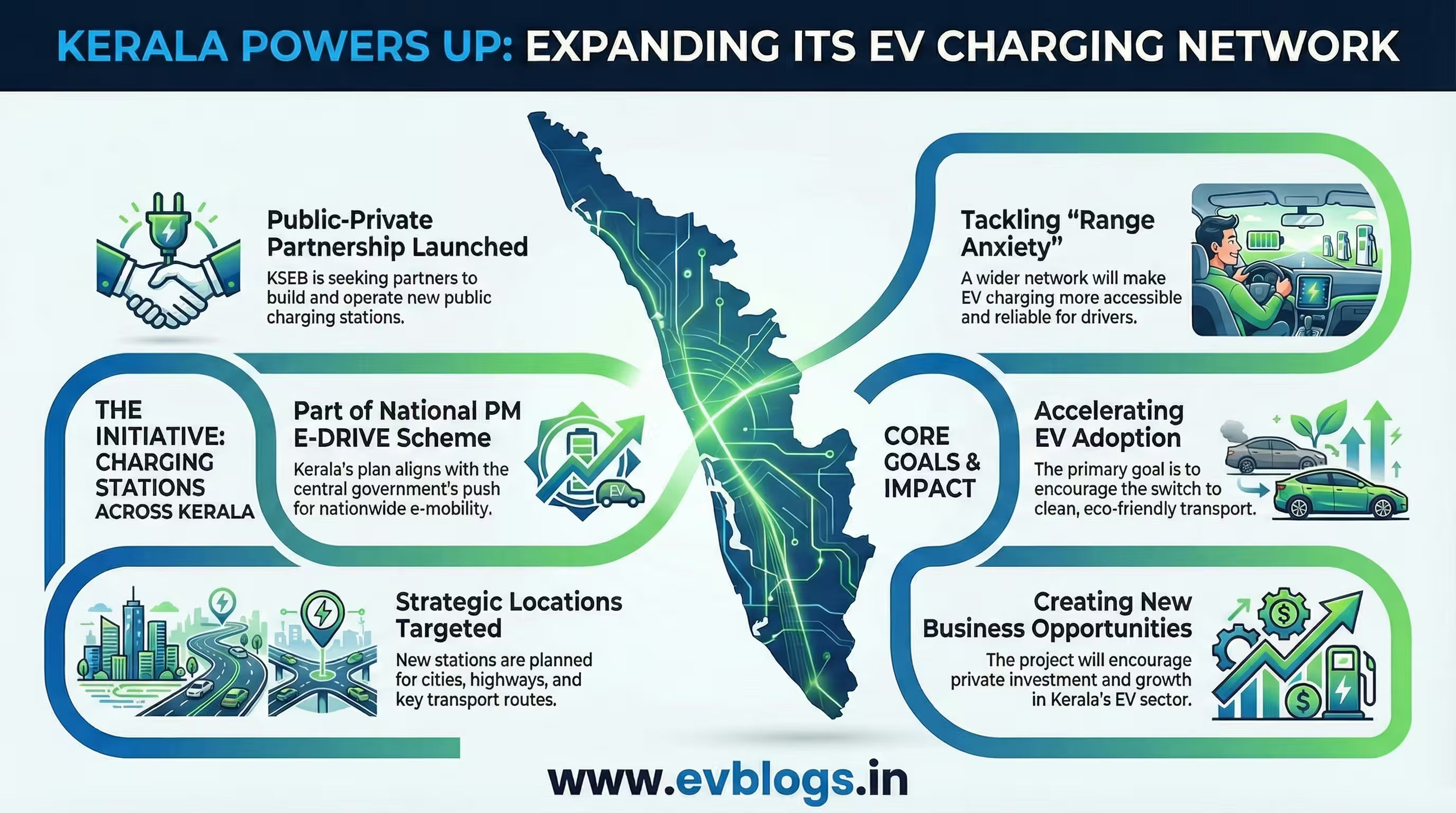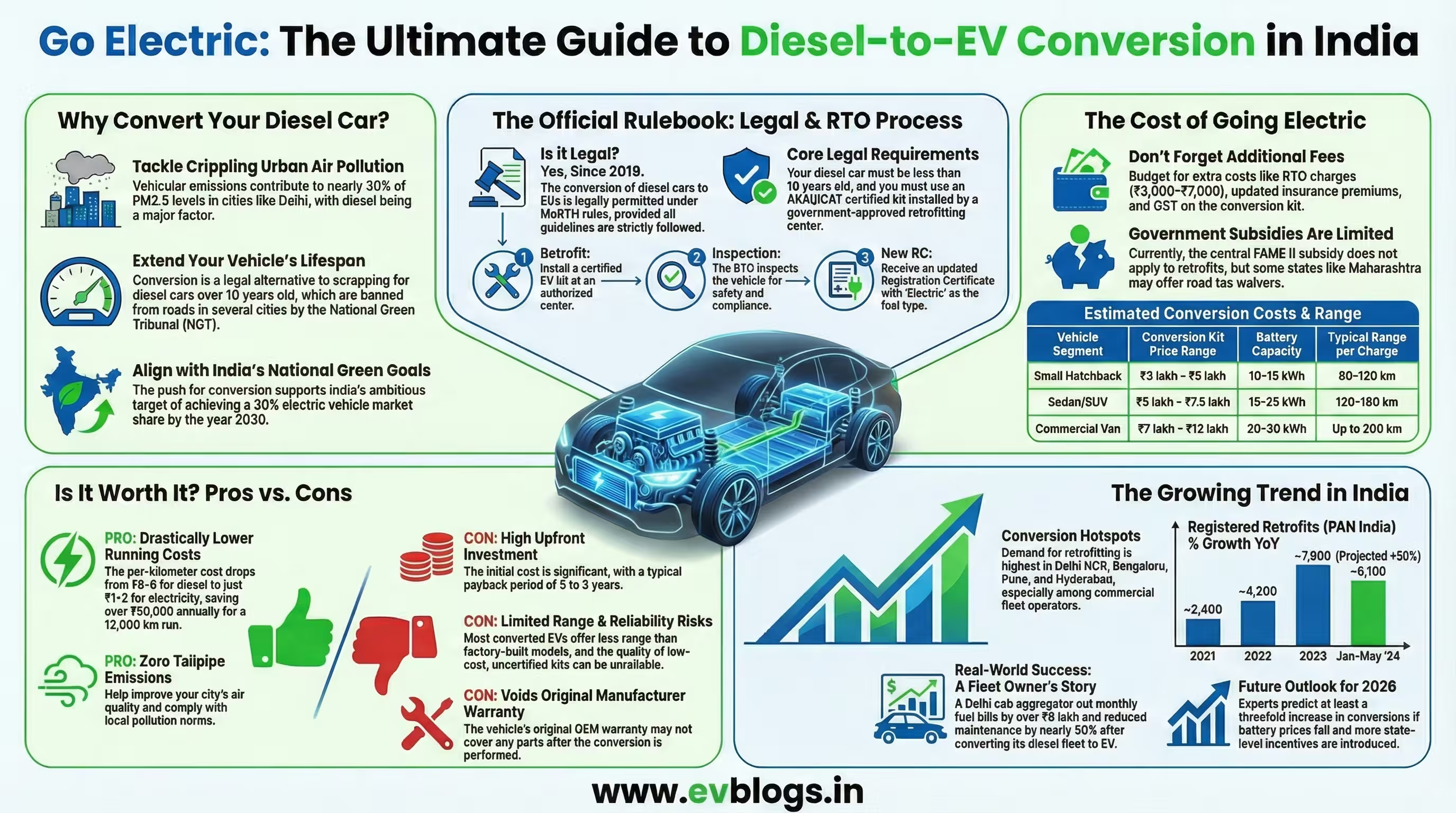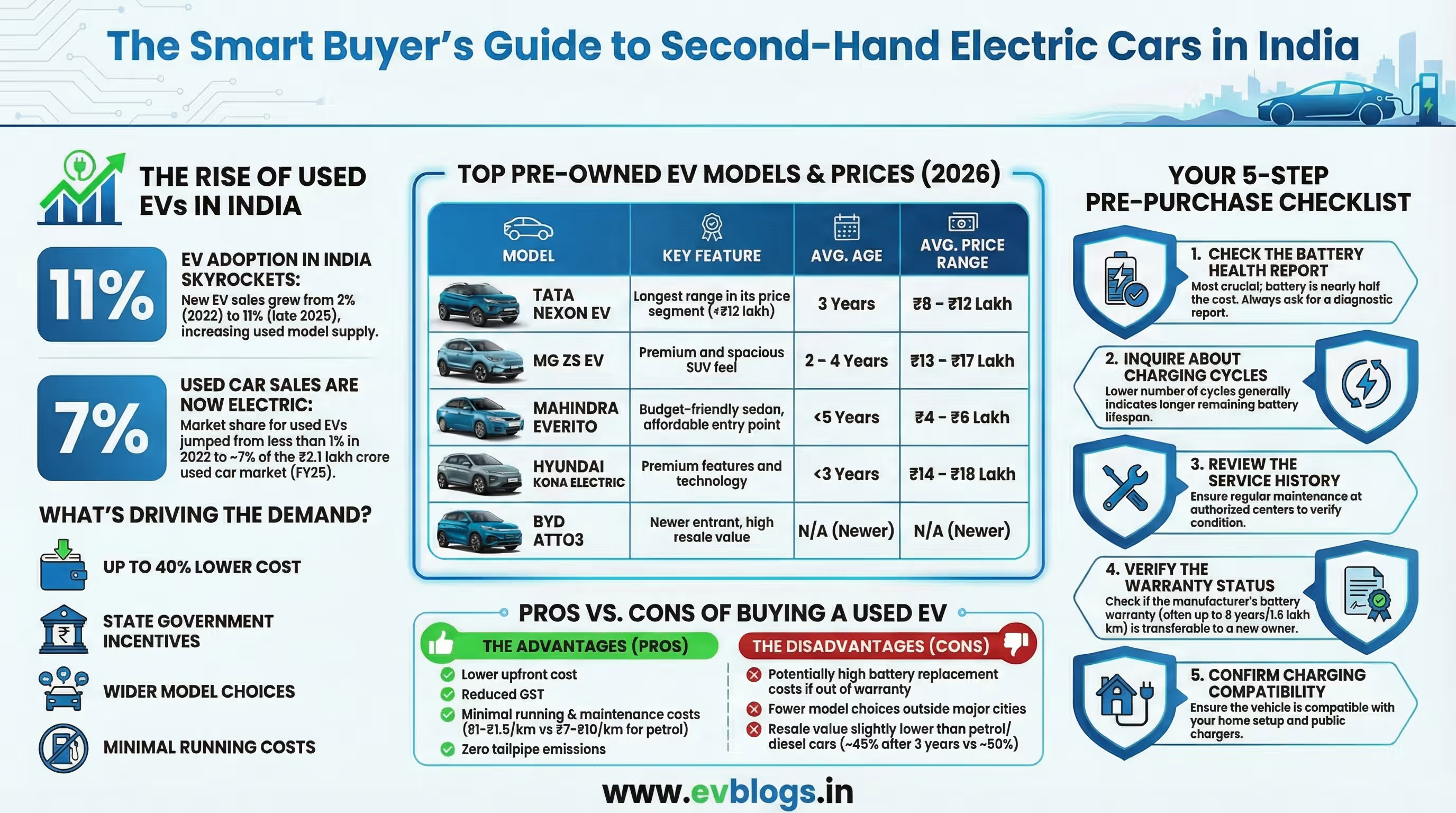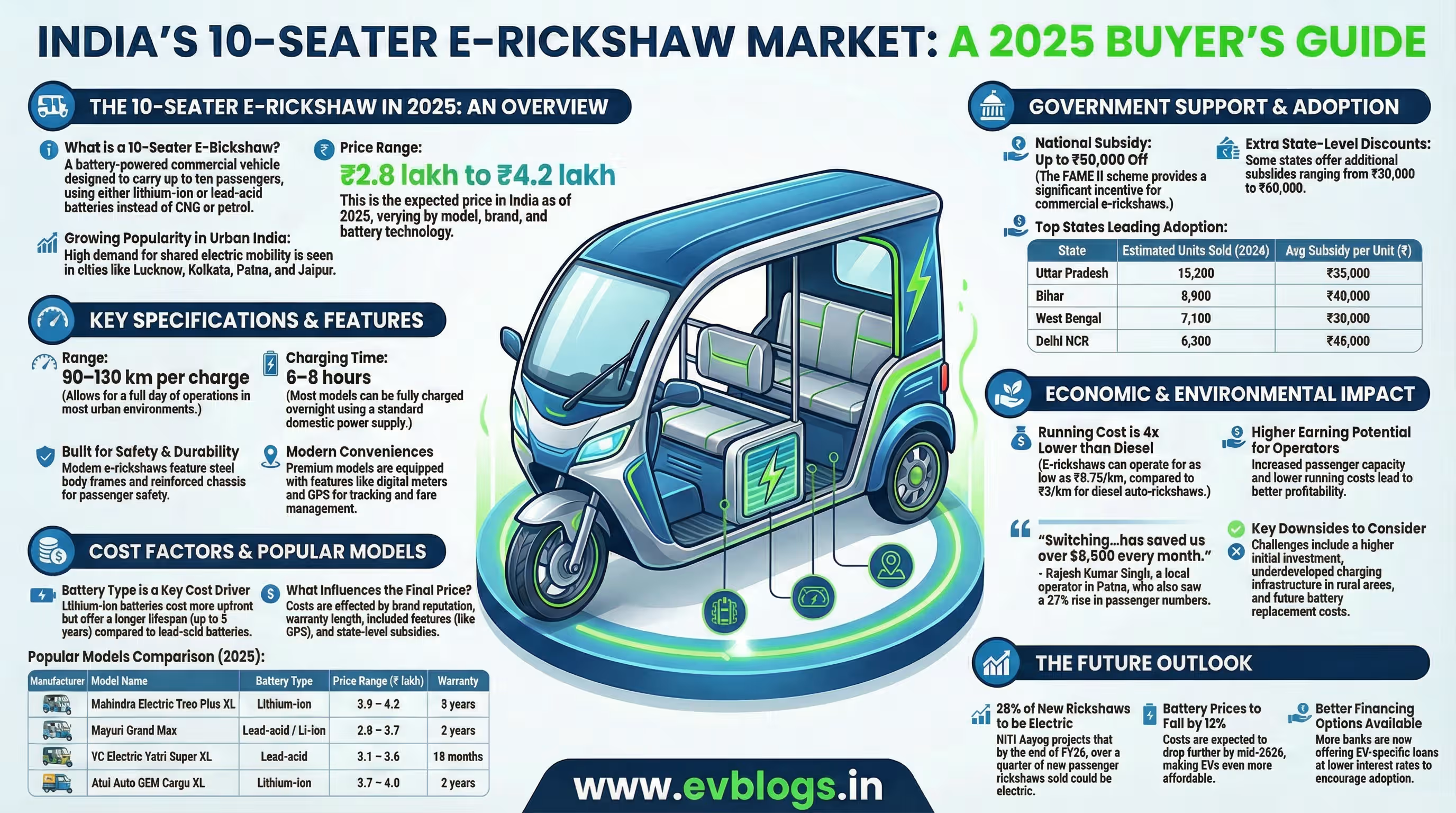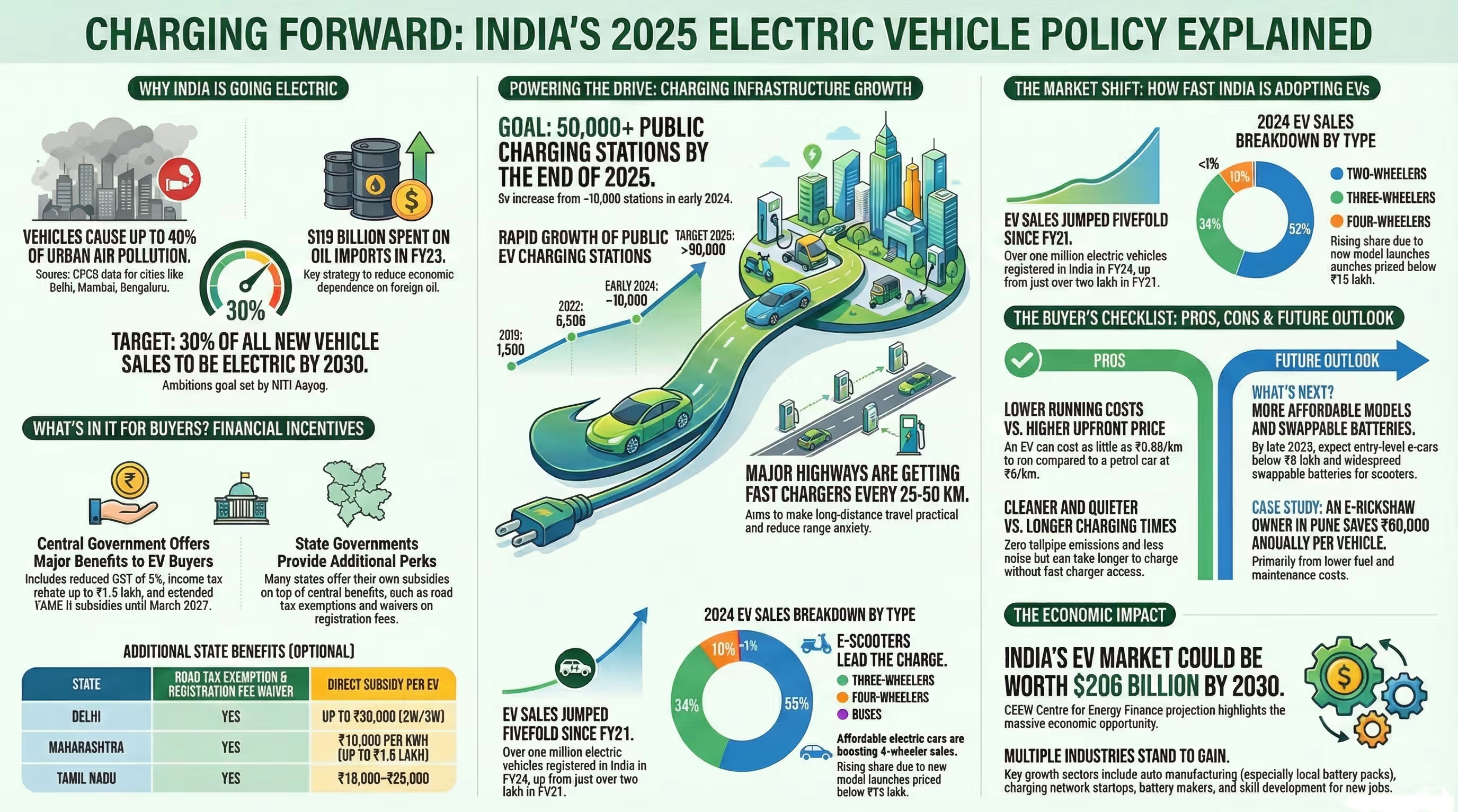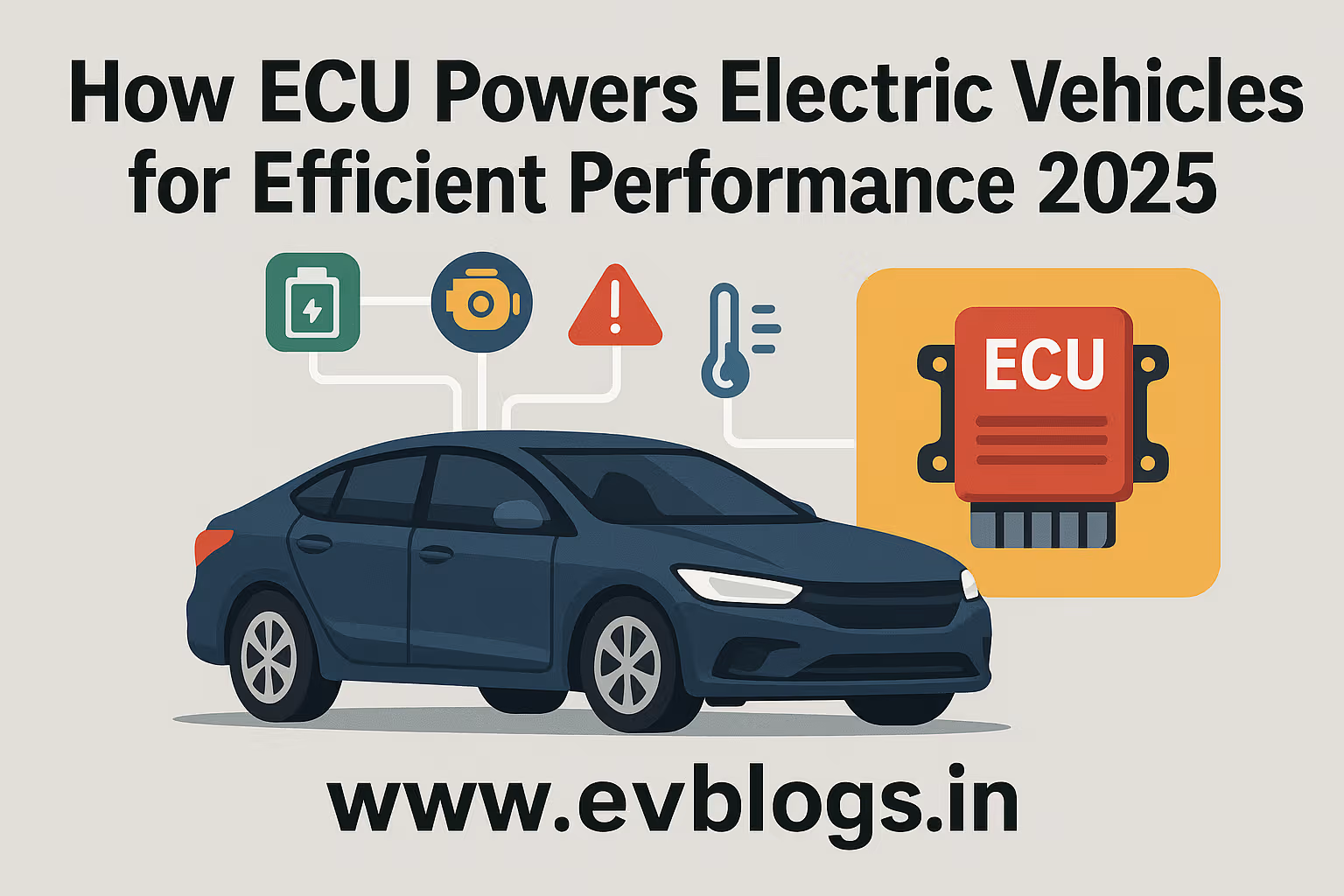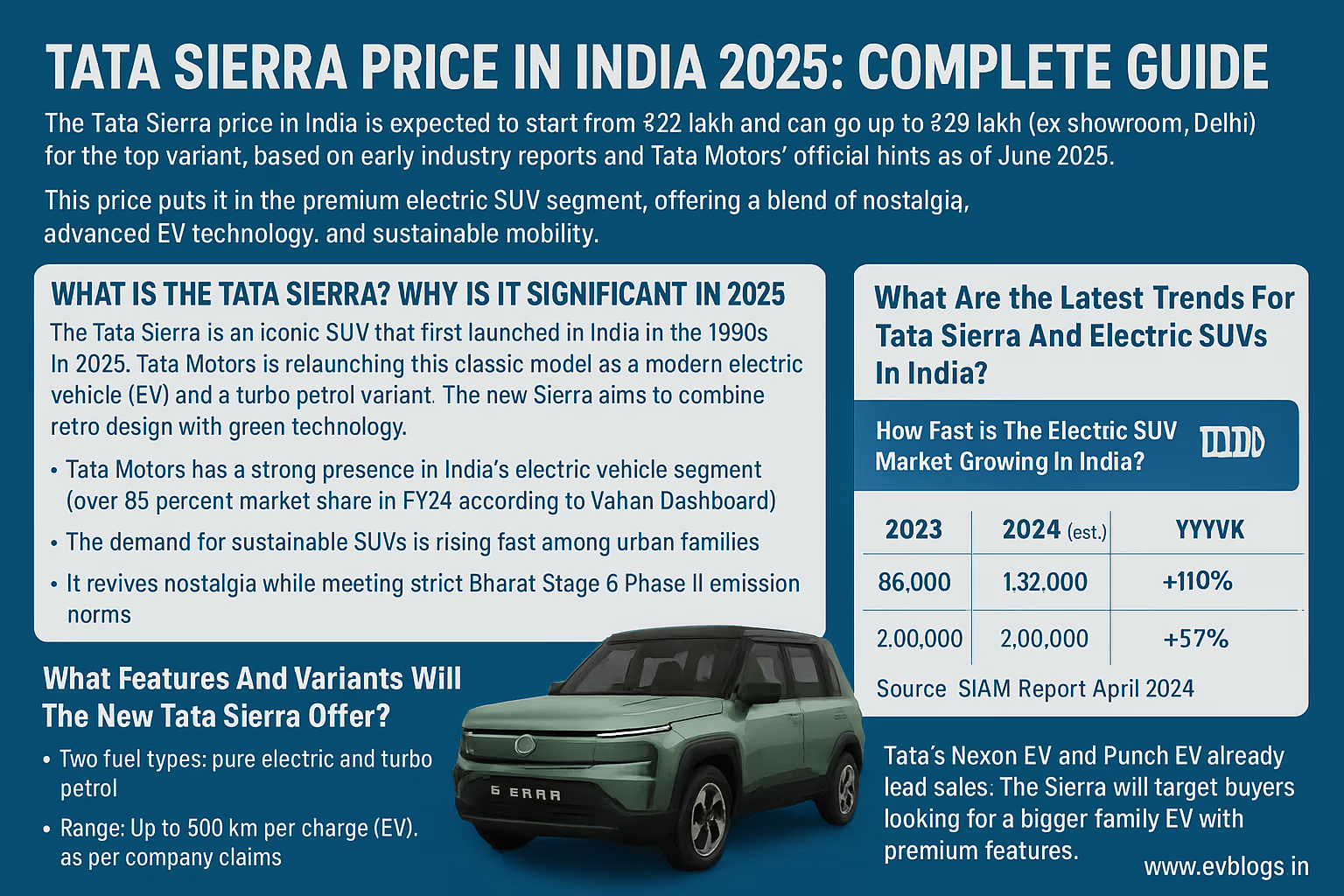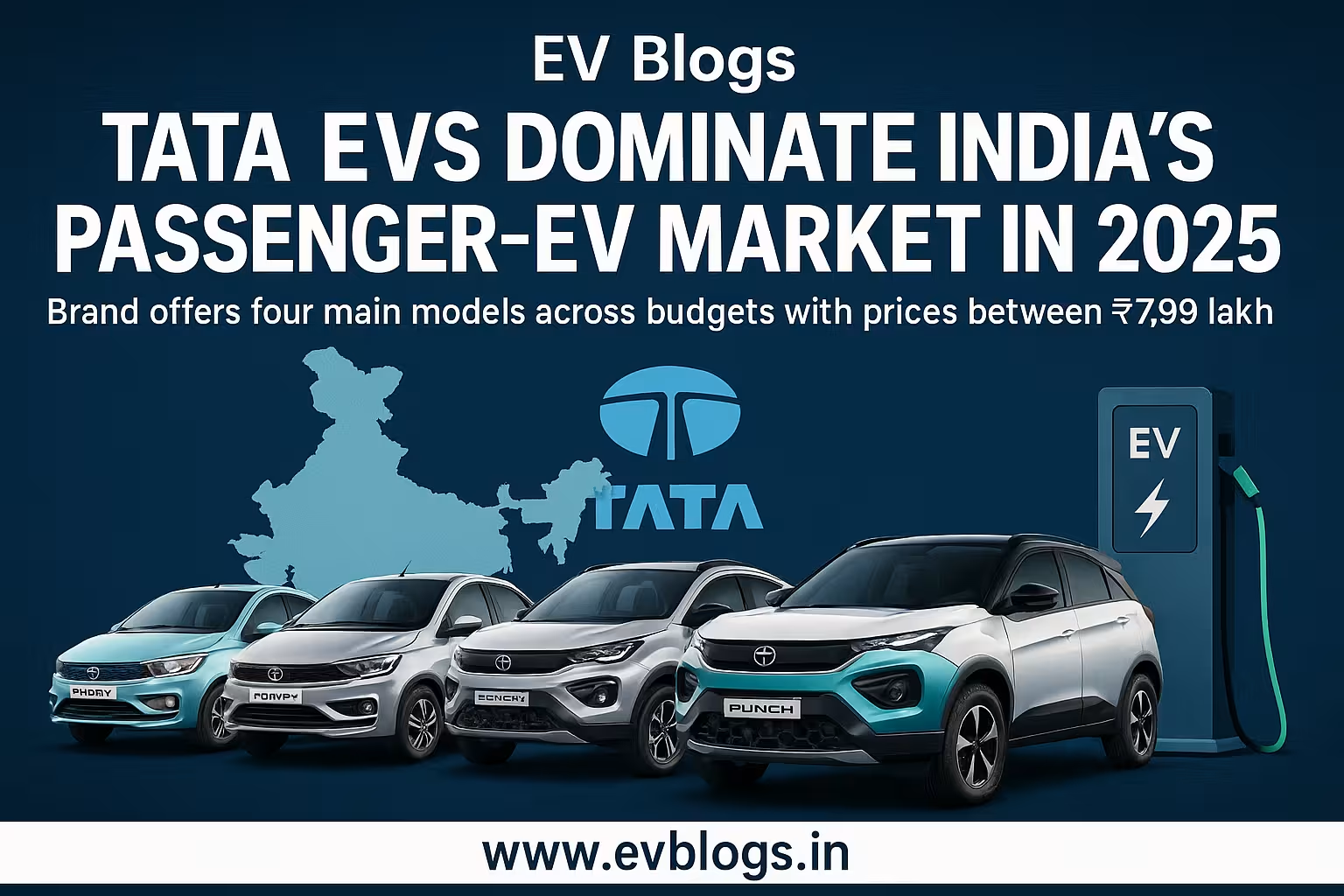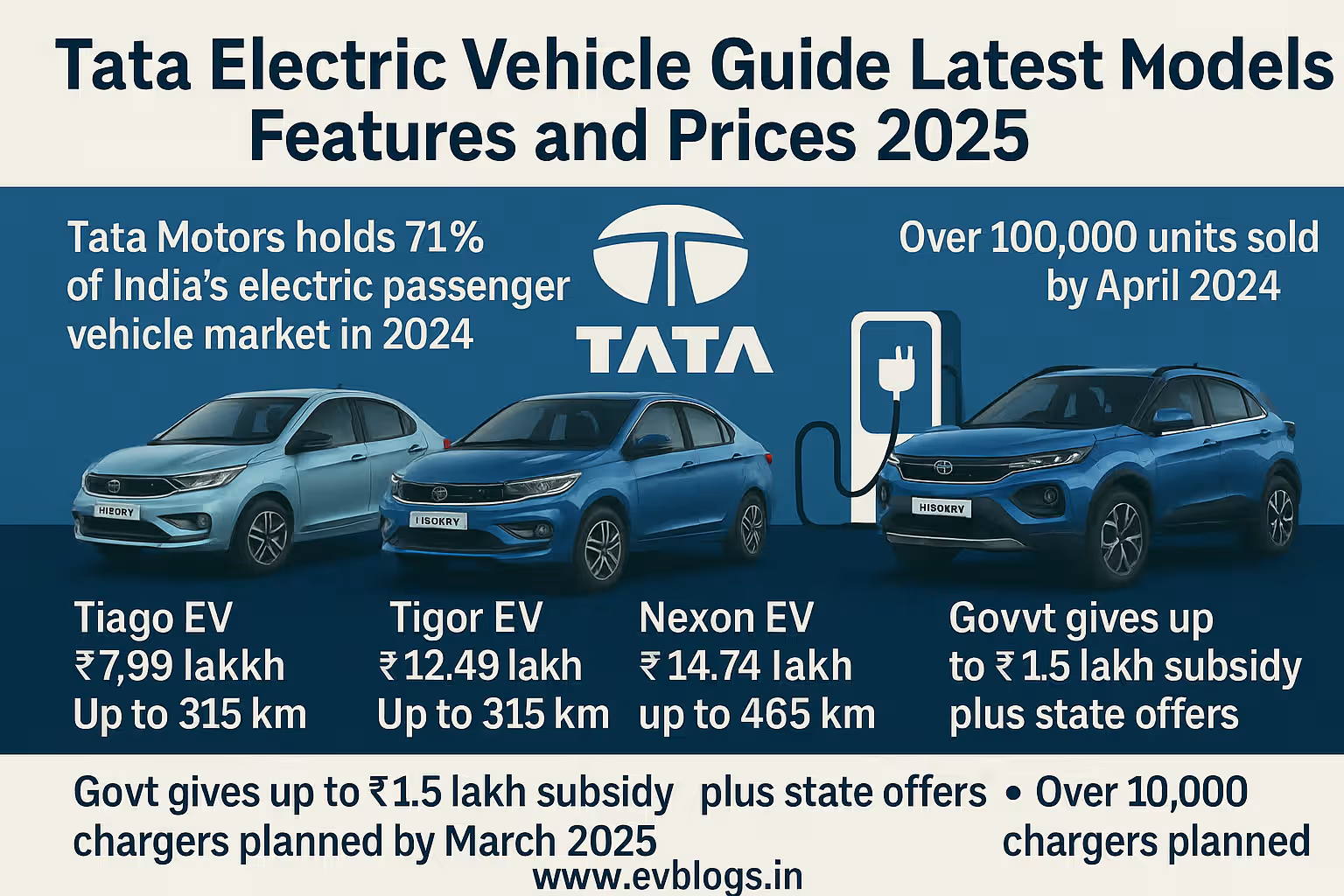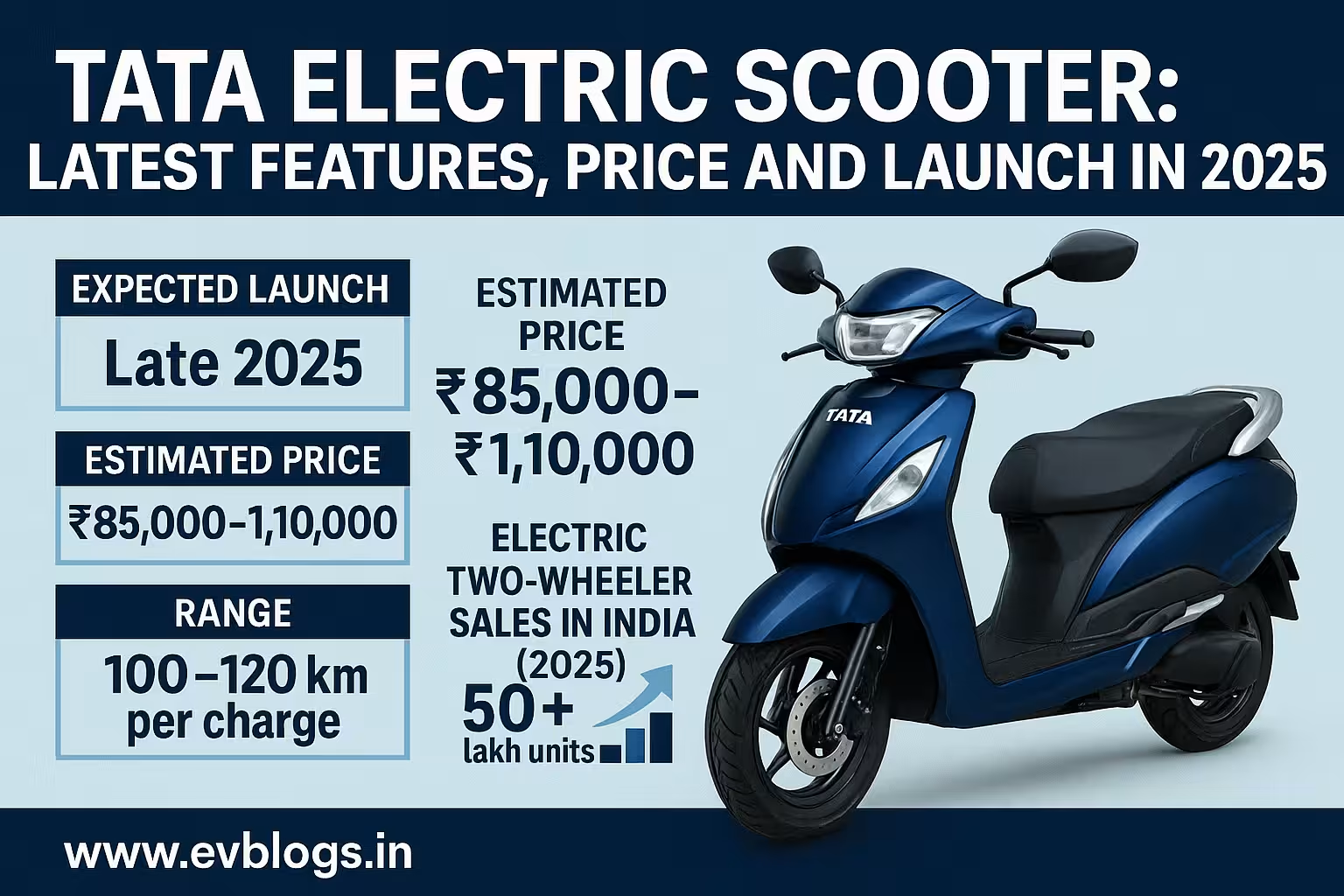Hedhvick Hirav
Hedhvick Hirav is a dedicated EV researcher and editor with over 4 years of experience in India’s growing electric vehicle ecosystem. Their contributions have been recognized in leading sustainability publications and automotive journals.
Summarize & analyze this article with
Choose an AI assistant and open this article directly:
Tip: if the AI doesn’t fetch the page automatically, paste the article URL manually.
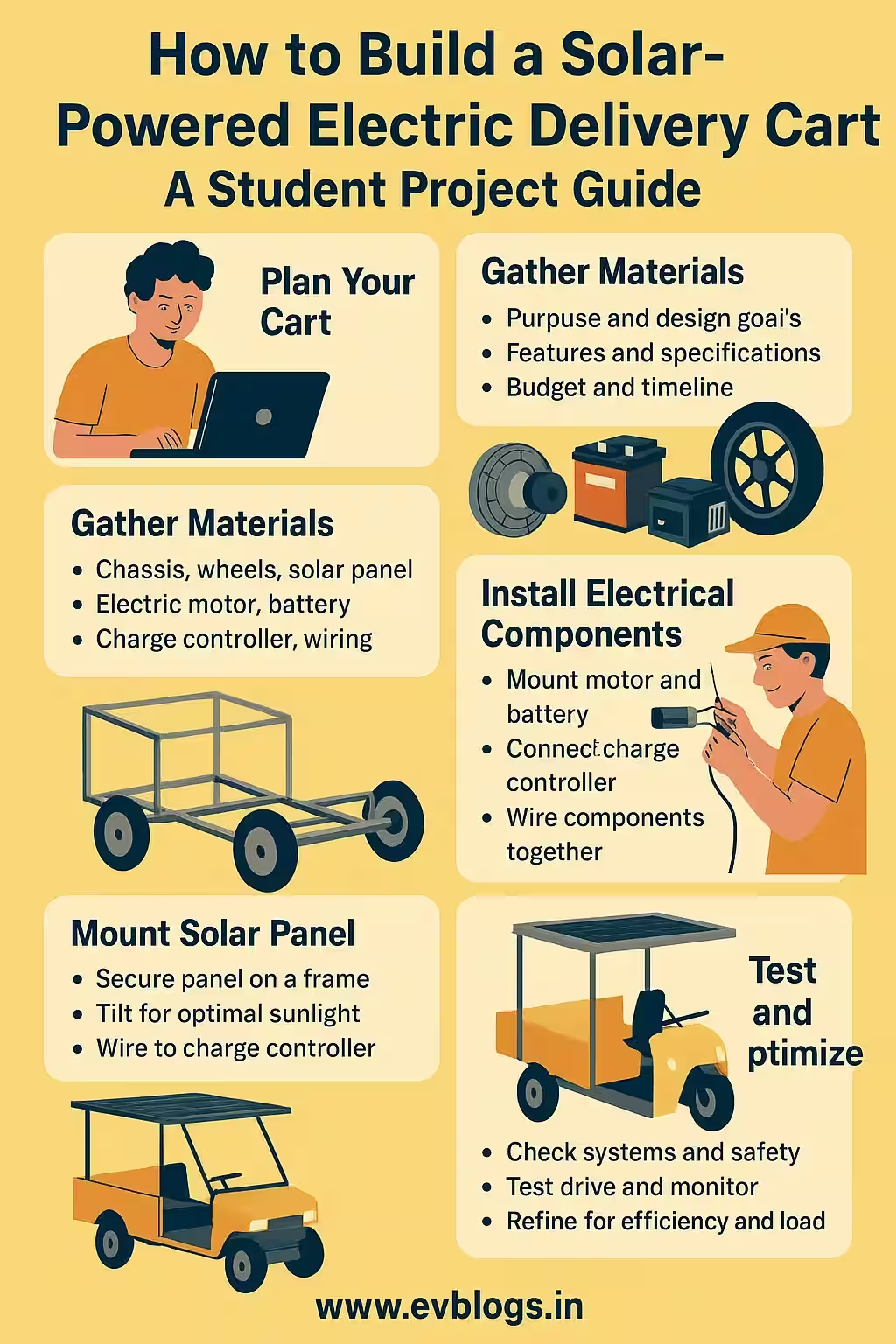
What Is a Solar-Powered Electric Delivery Cart and Why Should You Build One in India?
A solar-powered electric delivery cart is a small, efficient vehicle designed to transport goods, powered by electricity stored in batteries and charged using solar panels. In India, where last-mile delivery is booming and sustainable solutions are in high demand, building such a cart is both innovative and practical—especially as a student project.
- Solar-powered delivery carts combine the eco-friendliness of electric vehicles (EVs) with the renewable energy of solar panels.
- You can use these carts for delivering groceries, medicines, parcels, and even food across urban, semi-urban, and rural India.
- They reduce dependency on fossil fuels, lower operational costs, and help avoid city pollution penalties.
Who Is This Project For?
- Engineering, science, and polytechnic students looking for a hands-on EV project.
- Startups or entrepreneurs interested in sustainable logistics.
- Schools and colleges promoting green initiatives.
- Anyone in India seeking to understand or build a simple, working electric vehicle.
Did You Know?
India’s EV market is expected to grow at a CAGR of 49% between 2021 and 2030, with a huge push for solar integration in light delivery vehicles (NITI Aayog, 2024).
What Are the Key Components Needed to Build a Solar-Powered Electric Delivery Cart in 2025?
Before you start building, it’s essential to know the major parts involved. Here’s a student-friendly guide to what you’ll need:
- Chassis and Frame: Use lightweight, sturdy materials like mild steel or aluminium.
- Electric Motor: Brushless DC (BLDC) motors between 500W and 1200W are commonly used for Indian carts.
- Battery Pack: Lithium-ion batteries (48V or 60V, 20-40Ah) are best for durability and lighter weight.
- Solar Panels: Monocrystalline panels (200-400W total) with a solar charge controller for efficient charging.
- Controller: Manages the power flow from solar and batteries to motor.
- Wheels and Suspension: Pneumatic tyres with basic shock absorbers.
- Brakes: Mechanical drum or disc brakes for reliable stopping.
- Body: Weather-proof, light material for cargo space.
- Instrumentation: Speedometer, battery indicator, and solar charging display.
Optional Add-Ons
- GPS tracker for route monitoring.
- IoT integration for remote monitoring.
- Mobile charging port.
Typical Component Costs in India (2025)
| Component | Estimated Cost (INR) | Description |
|---|---|---|
| Chassis/Frame | 8,000 – 15,000 | Mild steel, supports up to 300kg |
| BLDC Motor | 6,000 – 12,000 | 1000W, Indian make |
| Lithium Battery | 15,000 – 30,000 | 48V/24Ah, BIS certified |
| Solar Panels | 8,000 – 16,000 | 300W, monocrystalline, MNRE approved |
| Charge Controller | 2,000 – 4,000 | MPPT, Indian market |
| Wheels/Suspension | 4,000 – 8,000 | 12" wheels, spring suspension |
| Brakes | 2,000 – 3,000 | Disc/drum |
| Instrumentation | 1,000 – 2,500 | Display, switches |
| Misc. Accessories | 3,000 – 7,000 | Wiring, lighting, GPS, body panels |
| Total | 49,000 – 97,500 | Approx. cost for a complete student project |
Expert Insight
According to the Ministry of New and Renewable Energy (MNRE), using solar panels on EVs can reduce delivery costs by 30% over three years compared to petrol-based alternatives (2025 study).
Why Should You Choose a Solar-Powered Cart Over Conventional Delivery Vehicles in India?
Switching to a solar-powered electric cart has immense advantages, especially considering India’s climate and logistics needs.
- Cost Savings: Solar charging slashes electricity bills, and you avoid rising fuel costs.
- Government Incentives: FAME II scheme, state-level subsidies, and MNRE solar incentives apply in 2025.
- Pollution-Free: Zero tailpipe emissions, helping you comply with city emission norms.
- Low Maintenance: Fewer moving parts mean fewer breakdowns.
- Scalability: Ideal for rural areas without reliable grid power.
- Brand Value: Businesses using such carts showcase eco-responsibility.
Key Differences: Solar EV Carts vs. Petrol Delivery Rickshaws
| Feature | Solar Electric Cart | Petrol Rickshaw |
|---|---|---|
| Running Cost/km | ₹0.50 – ₹1.2 | ₹2.5 – ₹3.5 |
| Pollution | None | High |
| Maintenance | Low | Moderate-High |
| Govt. Incentives | Yes (FAME II, State EV) | No |
| Fuel Dependency | Nil | Full |
| Charging/Refuelling | At home/solar, anytime | Petrol pumps only |
| Range per Charge/Fill | 40-80 km (solar boost) | 120-150 km (single fill) |
| Upfront Cost | Slightly higher | Lower, but higher lifetime cost |
- Solar carts offer a low running cost and long-term savings.
- Petrol rickshaws face uncertain fuel prices and future bans in some cities.
Did You Know?
In 2025, over 60 Indian cities have introduced Low Emission Zones, giving priority access to EVs and solar vehicles for last-mile delivery.
When Is the Best Time to Build and Use a Solar-Powered Electric Cart in India?
Timing matters for maximum solar benefit and practicality in your student project.
- Academic Seasons: Start in your even/odd semester project cycle for maximum support.
- Weather: Begin during late winter or early summer (Jan–April or Sept–Nov) for reliable sunlight and outdoor testing.
- Market Readiness: Major e-commerce events, festive seasons, or local delivery booms can offer real-world testing opportunities.
- Government Grants: Check for 2025 budget releases—both central and state governments announce EV innovation grants in Q1 each year.
- Solar Peak: India gets maximum solar radiation between February and May, offering longer, full-sun days for testing.
Pro tips
- Avoid monsoon periods for outdoor assembly and testing.
- Partner with local delivery startups or shops for real-world feedback.
Expert Insight
In 2025, the Indian government has allocated ₹7,500 crore for EV and solar hybrid research projects under the National Mission on Transformative Mobility.
How Do You Design a Practical and Efficient Solar-Powered Delivery Cart?
A good design balances cost, efficiency, and usability. Here’s how you can approach it:
- Payload: Target a payload of 150–300 kg for urban deliveries.
- Size: Keep width under 1.2 meters for easy navigation through Indian streets.
- Solar Panel Placement: Roof-mounted panels for maximum exposure.
- Battery Placement: Under-seat or floor placement for stability.
- Motor Sizing: Choose a motor that allows 25–35 km/h speeds (safe for city lanes).
- Safety Features: Add headlights, reflectors, horn, and speed limiter.
- Weather Protection: Use fiberglass or plastic sheets to shield cargo.
- Accessibility: Easy loading/unloading doors.
Essential Design Steps
- Sketch your design with Indian road conditions in mind.
- Choose all weather-resistant parts due to dust, rain, and heat.
- Plan for easy serviceability—Indian roads can be tough!
Did You Know?
India has over 5,00,000 electric rickshaws in daily operation as of 2025, proving small EVs are viable for city transport.
Which Components and Brands Are Best for Student Solar EV Projects in India (2025)?
Choosing the right components and reliable Indian brands can make your project successful and affordable.
- Chassis/Frame: Locally fabricated, available in most tier-2 city markets.
- Motors: Look for brands like Hero Electric, Mahindra Reva, or GreenVolt India.
- Batteries: Exide, Amara Raja, and Okaya offer BIS-certified lithium batteries.
- Solar Panels: Tata Power Solar, Waaree, Vikram Solar.
- Controllers: Su-Kam, Luminous, or Microtek.
- Accessories: Bosch, Bajaj Electricals for lighting and wiring.
Component Comparison
| Component | Brand/Model | Indian Availability | Warranty | Price Range (2025) | Student Rating (out of 5) |
|---|---|---|---|---|---|
| BLDC Motor | GreenVolt 1000W | Yes | 1 year | ₹8,500–₹9,200 | 4.6 |
| Battery | Exide Li-ion 48V/24Ah | Yes | 3 years | ₹19,000–₹22,000 | 4.8 |
| Solar Panel | Tata Power 300W | Yes | 10 years | ₹7,800–₹8,500 | 4.7 |
| Controller | Su-Kam MPPT 30A | Yes | 2 years | ₹2,500–₹3,000 | 4.5 |
| Suspension | Local Fab Spring | Yes | 6 months | ₹3,500–₹4,200 | 4.3 |
| Brakes | Bosch Disc Set | Yes | 1 year | ₹1,800–₹2,200 | 4.6 |
| Instrumentation | Bajaj Speedo display | Yes | 1 year | ₹900–₹1,200 | 4.4 |
| GPS Tracker | MapmyIndia IoT | Yes | 1 year | ₹1,600–₹2,000 | 4.3 |
| Panels | Waaree Mono 320W | Yes | 10 years | ₹8,200–₹8,900 | 4.7 |
| Wiring | Polycab EV cable kit | Yes | 5 years | ₹950–₹1,300 | 4.5 |
In-Depth Brand/Model Descriptions
- GreenVolt 1000W Motor: Known for high torque; ideal for Indian city slopes and rough patches.
- Exide Li-ion 48V/24Ah Battery: Safe, reliable, and easily serviceable; most service centers support Exide.
- Tata Power 300W Solar Panel: MNRE-approved, high efficiency, and widely available.
- Su-Kam MPPT Controller: Popular for home solar kits, accurate charging, and easy integration.
- MapmyIndia IoT GPS: Compact, app-based tracking, popular among delivery startups.
- Polycab EV Cables: Designed for high current and safe operation in Indian climates.
Did You Know?
BIS certification for EV batteries is mandatory in 2025, ensuring your project passes most academic and innovation challenges.
How Do You Build a Solar-Powered Electric Delivery Cart Step by Step?
Here’s a clear, step-by-step guide you can follow for your student project:
- Step 1: Draft your design and create a parts list tailored to your payload and range needs.
- Step 2: Source components from local markets or certified dealers (avoid grey-market lithium batteries).
- Step 3: Fabricate or assemble the chassis and frame.
- Step 4: Mount the electric motor and drivetrain; ensure correct alignment for minimal friction.
- Step 5: Install the battery in a safe, ventilated compartment.
- Step 6: Fix the solar panels securely on the roof or top frame.
- Step 7: Wire the controller to manage both solar and grid charging options.
- Step 8: Install wheels, suspension, and brakes.
- Step 9: Fit the body panels, lights, and instrumentation.
- Step 10: Perform safety checks—test all wiring, brakes, and charge/discharge cycles.
- Step 11: Road test the cart on campus or a safe, closed route.
Tips for Indian Conditions
- Use anti-theft bolts for batteries and panels.
- Add rain and dust protection for all electronics.
- Always weatherproof your connections.
Expert Insight
Indian students who built similar carts at IIT Madras and IISc Bangalore in 2024 report a 25% improvement in daily range just from solar charging alone during peak months.
What Are the Legal, Regulatory, and Safety Requirements for Student EV Projects in India?
Compliance is key, even for small student projects.
- Registration: For campus or private property use, registration is not usually needed. For road use, check CMVR (Central Motor Vehicle Rules) for “e-cart” registration.
- Safety: Use ISI-marked electrical parts and fuses. All lithium batteries must meet AIS 156/038 standards.
- Insurance: Third-party liability insurance is recommended for off-campus demos.
- Permissions: If testing on public roads, seek a No Objection Certificate (NOC) from your college and local RTO.
- Fire Safety: Carry a small ABC-type fire extinguisher for battery safety.
Government Policies (2025)
- FAME II subsidy continues for small commercial EVs (up to ₹20,000 per vehicle for eligible prototypes).
- Many states like Delhi, Tamil Nadu, and Maharashtra offer additional grants for student-built EVs.
Did You Know?
In 2025, AICTE and the Department of Science & Technology (DST) have launched 15+ competitions for student-built solar EVs, with cash prizes and deployment opportunities.
How Much Does It Cost to Build and Operate a Solar-Powered Electric Delivery Cart in India in 2025?
Understanding your expenses is crucial for budgeting your project.
Typical Student Project Cost Breakdown
| Expense Category | Range in INR (2025) | Comments |
|---|---|---|
| Components & Parts | 49,000 – 97,500 | Major cost, varies by quality/brand |
| Fabrication/Labour | 5,000 – 10,000 | Outsource if not in-house |
| Testing & Safety | 3,000 – 5,000 | Fire safety, insulation, helmets |
| Registration/NOC | 1,000 – 2,500 | If road testing |
| Miscellaneous | 3,000 – 6,000 | Transport, tools, unexpected costs |
| Total | 61,000 – 1,21,000 | Complete working prototype (student team) |
Running Costs
- Solar charging reduces energy cost to nearly zero per km.
- Occasional grid charging: ₹2–₹5 per full charge (8–10 units at ₹8/unit max).
- Maintenance: Around ₹2,000–₹3,500 per year for basic spares.
Did You Know?
As of 2025, you can recover your upfront project cost in less than 3 years if you use your cart for actual deliveries (based on Delhi–Bangalore pilot studies).
What Is the Real-World Performance of Student-Built Solar Delivery Carts in India? (Case Studies)
Seeing what others have done can guide your expectations and improvements.
User Story 1: College Project, Pune (2024–2025)
- Students at MIT Pune built a solar cart for grocery delivery.
- Range achieved: 48 km on battery, 8 km additional on solar boost per day (summer).
- Average load: 180 kg, top speed: 28 km/h.
- Maintenance: Less than ₹2,200/year, mostly for tyres and routine checks.
User Story 2: Rural Health Delivery, Tamil Nadu (2024)
- Cart used for vaccine and medicine delivery in rural blocks.
- Solar charging essential due to unreliable grid supply.
- Feedback: “No petrol needed, works even after power cuts, great for rural outreach.”
User Story 3: E-commerce Pilot, Delhi NCR (2025)
- Cart used for hyper-local delivery during Diwali sales surge.
- Handled 220 deliveries in 15 days, average 7 hours/day usage.
- Noted savings: ₹3,500 on fuel in just 2 weeks.
Lessons Learned
- Solar-only operation is possible for up to 60% of the year in most Indian cities.
- Battery life is longer when regular solar top-up is used vs. grid-only charging.
Expert Insight
A 2025 pilot with India Post in Rajasthan showed a 40% reduction in delivery cost using solar EV carts compared to petrol two-wheelers.
Which Are the Top 10 Delivery Carts in India (2025) for Comparison With Your Student Project?
It’s helpful to compare your project’s features and specs with commercially available options in India.
| Brand/Model | Range (km) | Payload (kg) | Solar Panel | Battery | Price (ex-showroom, INR) | Charging Time | Max Speed (km/h) | Best For |
|---|---|---|---|---|---|---|---|---|
| Mahindra Treo Zor | 125 | 550 | Optional | Li-ion 48V | 3,90,000 | 3.5 hrs | 50 | Urban e-commerce |
| Piaggio Ape E-Xtra FX | 90 | 500 | Optional | Li-ion 48V | 3,12,000 | 4 hrs | 45 | Food & groceries |
| Euler HiLoad EV | 150 | 688 | Optional | Li-ion 72V | 3,75,000 | 4 hrs | 45 | Bulk delivery |
| Gayam Motor Works ECargo | 80 | 350 | Standard | Li-ion 60V | 2,60,000 | 3 hrs | 35 | Small shops |
| Saera Electric E-Cart | 65 | 300 | Standard | Lead Acid | 1,85,000 | 6 hrs | 25 | Entry-level |
| Kinetic Safar Shakti | 120 | 400 | Optional | Li-ion 48V | 2,95,000 | 3.5 hrs | 40 | Milk/vegetable van |
| Omega Seiki Rage+ | 120 | 500 | Optional | Li-ion 48V | 3,45,000 | 4 hrs | 45 | Swiggy/Zomato |
| Jitendra JMT E Cargo | 100 | 400 | Standard | Li-ion 48V | 2,70,000 | 4 hrs | 40 | General delivery |
| GreenVolt Cargo | 70 | 300 | Standard | Li-ion 48V | 1,90,000 | 3.5 hrs | 35 | Student projects |
| Atul Elite Cargo | 60 | 400 | Optional | Lead Acid | 1,75,000 | 8 hrs | 25 | Rural delivery |
Descriptions and Student Project Insights
- Mahindra Treo Zor: Robust, premium e-cart, widely used in metro cities for logistics. Optional solar kit available.
- Piaggio Ape E-Xtra FX: Reliable, good for daily delivery routes; offers financing options for startups.
- Euler HiLoad EV: High payload and range, used for large-volume goods; a bit pricey for student scale.
- Gayam Motor Works ECargo: Focuses on solar integration, lightweight, ideal for campus or small business.
- Saera Electric E-Cart: Budget-friendly, basic solar setup; good for beginners and proof-of-concept projects.
- Kinetic Safar Shakti: Balances cost, payload, and solar compatibility; good after-sales support.
- Omega Seiki Rage+: Used by leading food delivery apps, fast charging, optional solar retrofit.
- Jitendra JMT E Cargo: Standard range, easy availability, moderate load; popular for institutional deliveries.
- GreenVolt Cargo: Focused on educational and student segments; affordable and easy to assemble.
- Atul Elite Cargo: Entry-level, lead acid battery; lower cost but heavier, often chosen by rural entrepreneurs.
Did You Know?
In 2025, over 70% of new three-wheeler cargo vehicles sold in Delhi are electric, with 20% integrating solar panels (Delhi EV Policy Report).
How Do You Optimize Solar Panel Efficiency and Battery Life for Indian Conditions?
Maximizing your solar and battery performance ensures the best user experience.
- Panel Orientation: Tilt panels to 15–18 degrees facing south for best solar gain in India.
- Cleaning: Dust accumulation reduces efficiency by 30%; clean panels weekly.
- MPPT Controllers: Use Maximum Power Point Tracking controllers for 15–20% better charging.
- Battery Management: Never deep-discharge lithium batteries below 20% to prolong life.
- Cooling: Provide air vents for battery compartment—Indian summers can raise battery temperature.
- Hybrid Charging: Use grid charging as a backup during monsoon or cloudy periods.
Special Considerations
- Install a simple solar data logger to track performance (many are available under ₹1,000).
- Encourage route optimization for maximum daylight usage.
Expert Insight
A study by TERI in 2025 showed that regular cleaning and optimal tilt increased daily energy generation by up to 35% in North Indian cities.
How Can Students Fund, Validate, and Showcase Their Solar EV Projects in India?
Funding and recognition make your hard work count.
- College Grants: Apply for innovation grants or project funds from your department or AICTE.
- State/National Contests: DST, MNRE, and EV-specific hackathons offer cash prizes and mentorship.
- Incubators: Many colleges now have EV incubators with access to labs and industry mentors.
- CSR Funds: Companies like Tata, Reliance, and Mahindra have CSR programs for green student projects.
- Showcase Events: Participate in Smart India Hackathon, national EV expos, or local EV fairs.
- Real-World Pilots: Partner with local NGOs or delivery startups for pilot deployment and feedback.
Validation Steps
- Document all stages: design, assembly, testing, and real-world usage.
- Collect user and customer feedback.
- Calculate and present cost savings vs. petrol alternatives.
Did You Know?
In 2025, over 200 student teams received ₹1 lakh+ funding from the Indian government for solar-EV projects under the National Innovation Mission.
Final Verdict: Should You Build a Solar-Powered Electric Delivery Cart as a Student Project in India?
Absolutely—if you want a hands-on, relevant, and high-impact project for 2025 and beyond.
- Solar-powered EV carts are practical, eco-friendly, and increasingly in demand across India.
- The skills you learn—EV design, wiring, solar integration, and real-world testing—are highly valued by employers and startups.
- With strong government and institutional support, you have real chances for funding, recognition, and future commercialization.
- Costs are manageable with careful planning, and the potential to recover your investment is high if you put your cart to real use.
Whether your goal is academic excellence, entrepreneurship, or contributing to India’s green mobility mission, this project will give you a strong start.
Expert Insight
Most winning student teams in 2024–2025 national EV competitions focused on solar integration and real-world delivery use cases, reflecting industry trends.
FAQs
Q1: Do I need a driving license to operate a solar-powered electric delivery cart for my project?
A: If used only on private property or campus, no license is needed. For public roads, check local RTO rules—most e-carts below 25 km/h and 250W are exempt in 2025.
Q2: How long does it take to fully charge the battery with solar panels?
A: With a 300W panel setup and good sunlight, a 48V/24Ah battery takes 6–8 hours to fully charge in Indian cities.
Q3: Can I use refurbished batteries or solar panels for my project to save cost?
A: It’s not recommended due to safety and performance issues. Always use BIS-certified, new components for best results and to qualify for grants.
Q4: What is the typical life of a lithium battery in such a cart?
A: With regular use and proper charging, lithium batteries last 3–5 years, or about 1,000–1,500 cycles.
Q5: Are there government programs in 2025 specifically for student EV projects in India?
A: Yes, both central and state governments offer funding, innovation challenges, and mentorship programs for student-built EVs, especially those integrating renewable energy like solar. Check AICTE, MNRE, and DST portals for current opportunities.
Disclaimer: The cost, specs, and policy information provided here reflect the latest data available for 2025. Always verify with local suppliers, regulators, and your college authorities before making purchases or testing on public roads.


